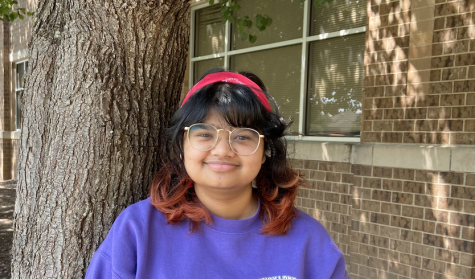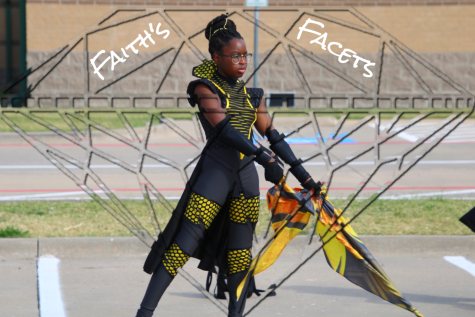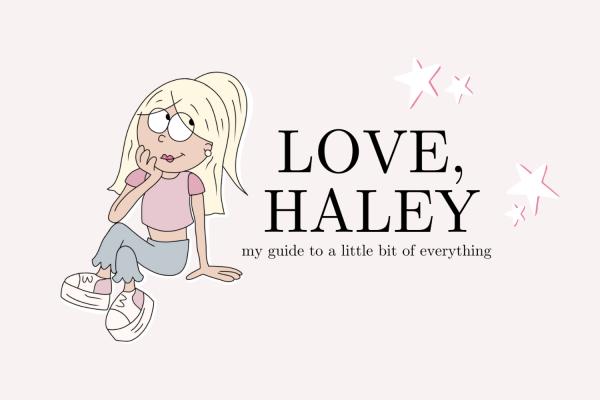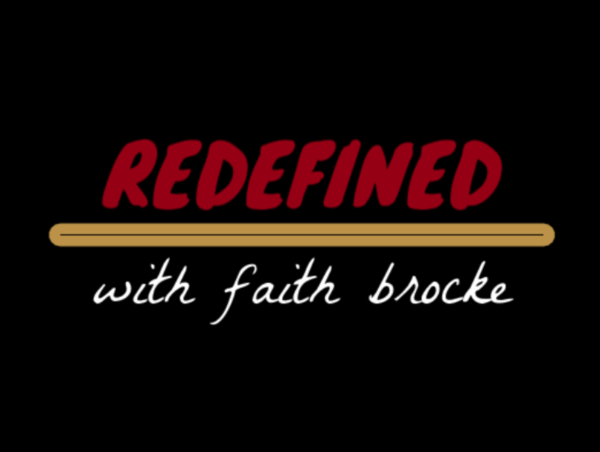Monday with Ms. Marvel: Snapchat filters
In her weekly column, Monday with Ms. Marvel, Wingspan’s Trisha Dasgupta reviews different political issues and relatable topics in everyday life.
November 18, 2019
Over the last few years, Snapchat has become one of the most popular social media platforms among teenagers and young adults. According to the Pew Research Center, in 2018, almost 68 percent of teenagers on social media had a Snapchat account. The social media platform has been growing exponentially since it’s launch in 2012, but why? What sets Snapchat apart from the dozens of other social media sites that exist in the age of the internet?
Snapchat is notorious for a few reasons, such as it’s seemingly temporary nature, or it’s trend-setting “story” aspect. However, one of the most recognizable features of the social media platform are it’s Face Filters. Snapchat’s filters were first introduced in January of 2015, and were initially meant to be a silly way to spice up a selfie. Over the next few months these filters became increasingly popular, and by the end of 2015, a new type of filter was released, called “beauty filters.”
These so-called “beauty filters” have become so popular and widely used, that dozens of other apps, including Instagram, have emulated similar features within their own platforms. The filters, although seemingly harmless, are incredibly damaging to young and impressionable teenage girls and their self esteem.
Beauty filters distort almost every aspect of one’s face in an attempt to “beautify” the selfie at hand. When applied to a picture, these filters smoothen your skin, erase any acne, straighten your jawline, slim your nose, and apply various other mainly Euro-centric features. It’s the act of Photoshopping without any of the effort, and setting a dangerous standard of beauty among teenagers.
To teens who use these filters, it can seem like a completely subtle change, that is until they look at their real face in the mirror and promptly start to hate what they see. The changes these filters make to a selfie are completely warping teenagers’ perceptions of themselves, and this phenomenon is far from hypothetical.
Plastic surgeons have already started to see patients suffer from what has been aptly titled, “Snapchat Dysmorphia.” In an interview with the Washington Post, dermatologist Neelam Vashi says more and more patients have been coming in to her office asking for procedures to make them look more like pictures of themselves in Snapchat beauty filters.
A skinnier nose, better skin, fuller lips, bigger eyes, and all of the other features given to a person by a Snapchat filter are unattainable without multiple procedures and/or heavy photoshop. For companies like Snapchat, whose main demographics are teens and younger adults, peddling out filters that contort faces to fit twisted standards of beauty is deeply irresponsible. It’s time to start reevaluating these appalling “beauty filters,” and consider their harmful consequences.











